Magnum photographer Bruce Davidson is most known for his photographs of the teenage gangs of New York City in the 1950s. In 1964, Esquire magazine commissioned him to take photographs of Los Angeles. For whatever reason, the photographs were rejected. In Davidson's own words: "Esquire’s editors sent me to Los Angeles, and when I landed at L.A. International Airport I noticed giant palm trees growing in the parking lot. I ordered a hamburger through a microphone speaker in a drive-in called Tiny Naylor’s. The freeways were blank and brilliant, chromium-plated bumpers reflected the Pacific Ocean, but the air quality was said to be bad. People looking like mannequins seemed at peace on the Sunset Strip while others were euphoric as they watered the desert. I stood there ready with my Leica, aware of my shadow on the pavement. I walked up to strangers, framed, focused, and in a split second of alienations and cynicism, pressed the shutter button. Suddenly I had an awakening that led me to another level of visual understanding. But in the end, for some unknown reasons, the editors rejected the pictures, and I had to return home with a big box of prints, put them in a drawer, and forgot all about the trip." Today, venerable publishing house and champion of print, Steidl, is releasing the photographs in beautiful book form. You can purchase here.
The Protest Box by Martin Parr
Martin Parr’s collection of photobooks is one of the finest to have ever been assembled and The Protest Box, published by Steidl, is a box set which brings together five books from that collection as facsimile reprints. Parr has selected diverse books which each deal with the subject of protest in quite different ways. From the documentation of various protest movements to the actual book being a form of protest, all these reprints are gems within the history of photographic publishing. A few are known but many are new, even to the connoisseur of photography books. All these books are virtually impossible to locate, so these reprints will make a substantial contribution to our understanding of this sub-genre of the photobook. The box set is accompanied by a booklet which includes an introduction by Martin Parr, an essay discussing the wider context of these books by Gerry Badger, and English translations of all the texts in the books.


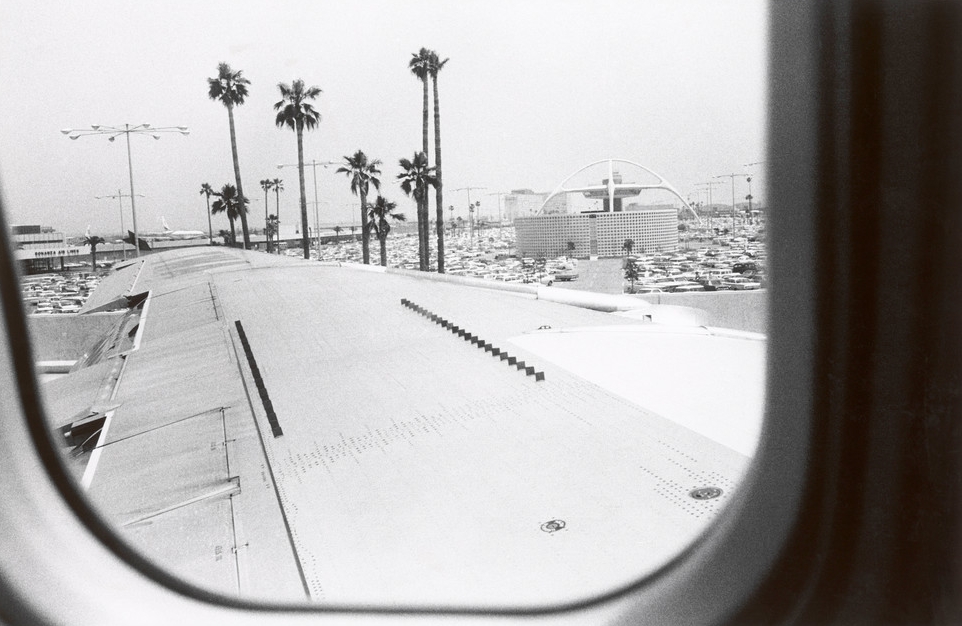
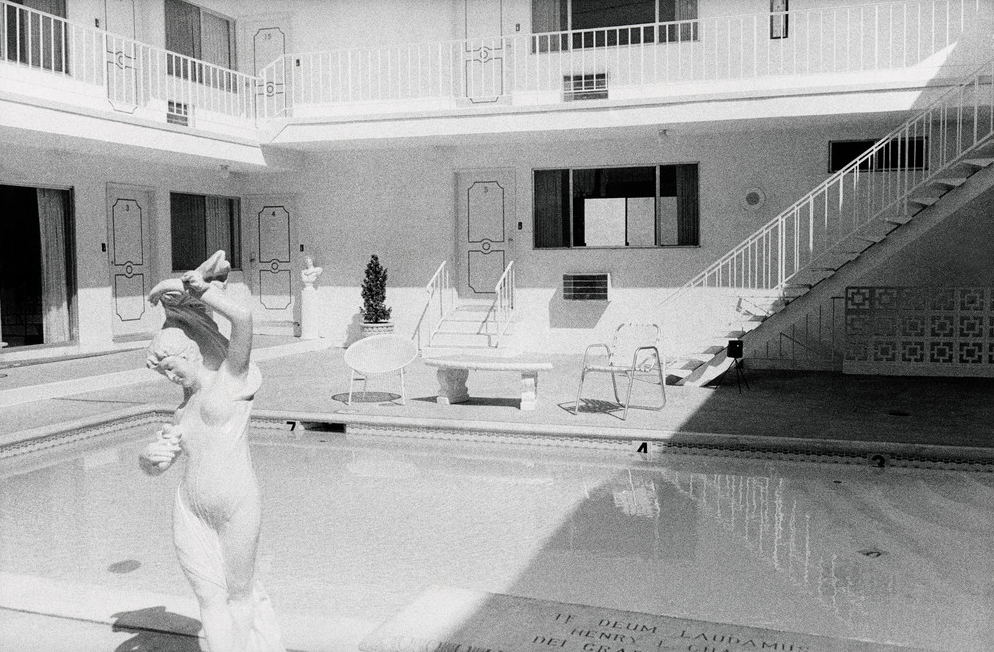
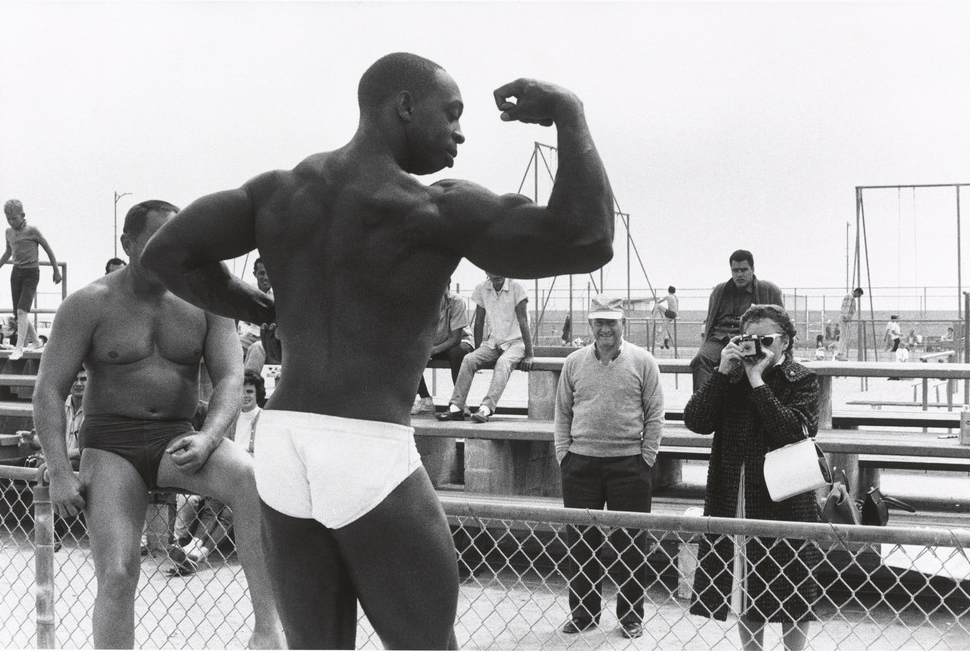
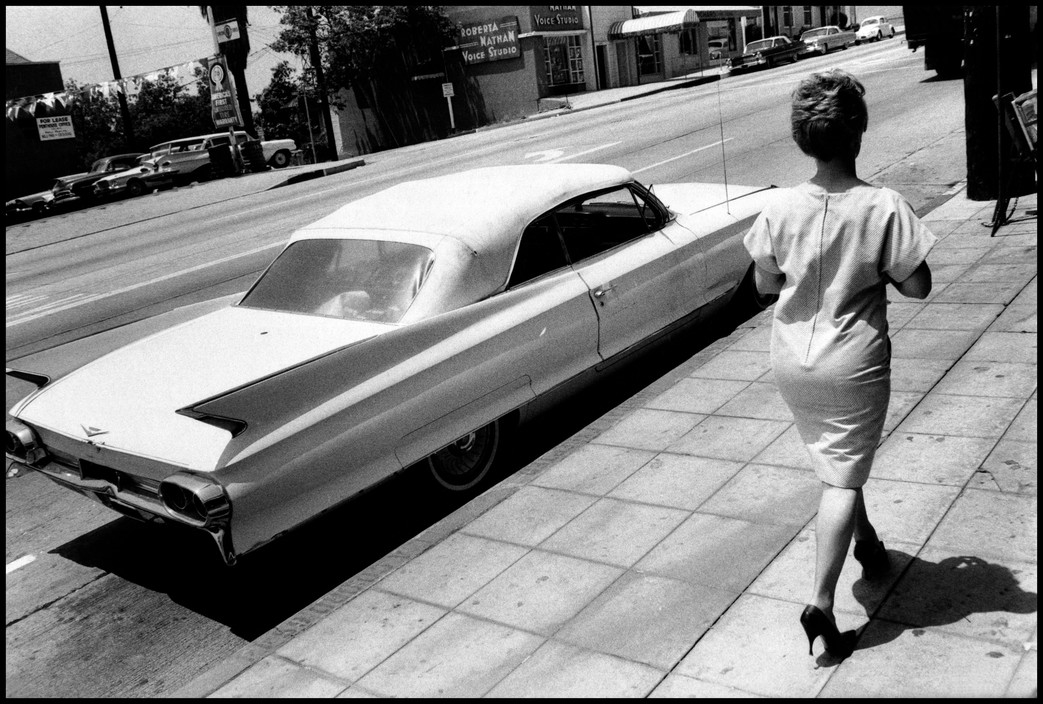
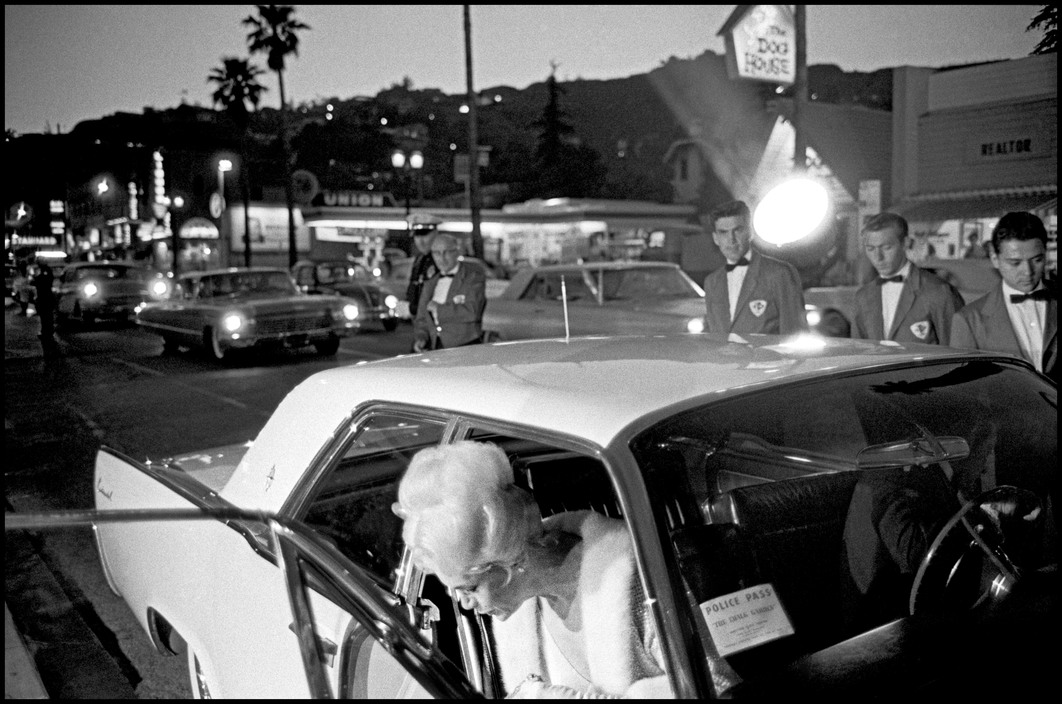
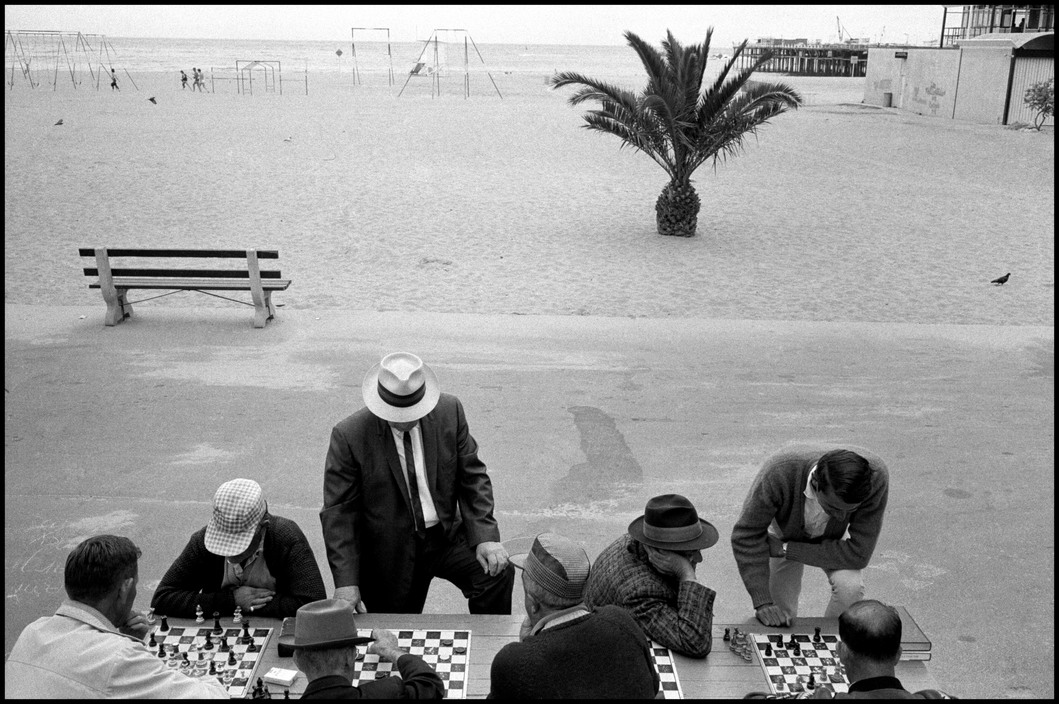


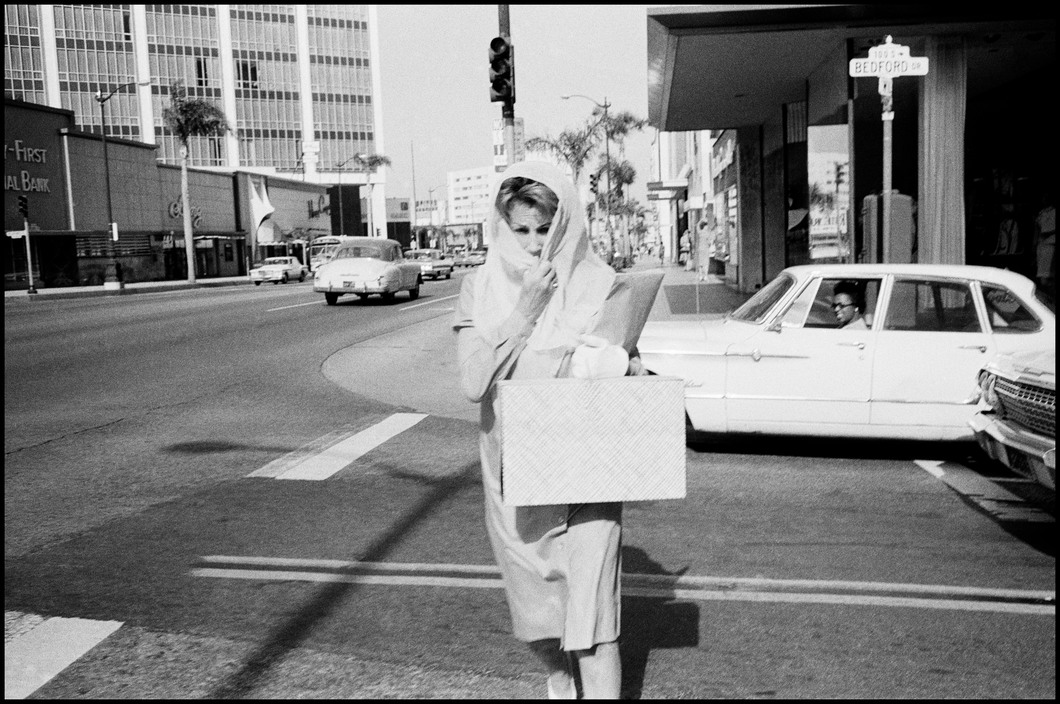
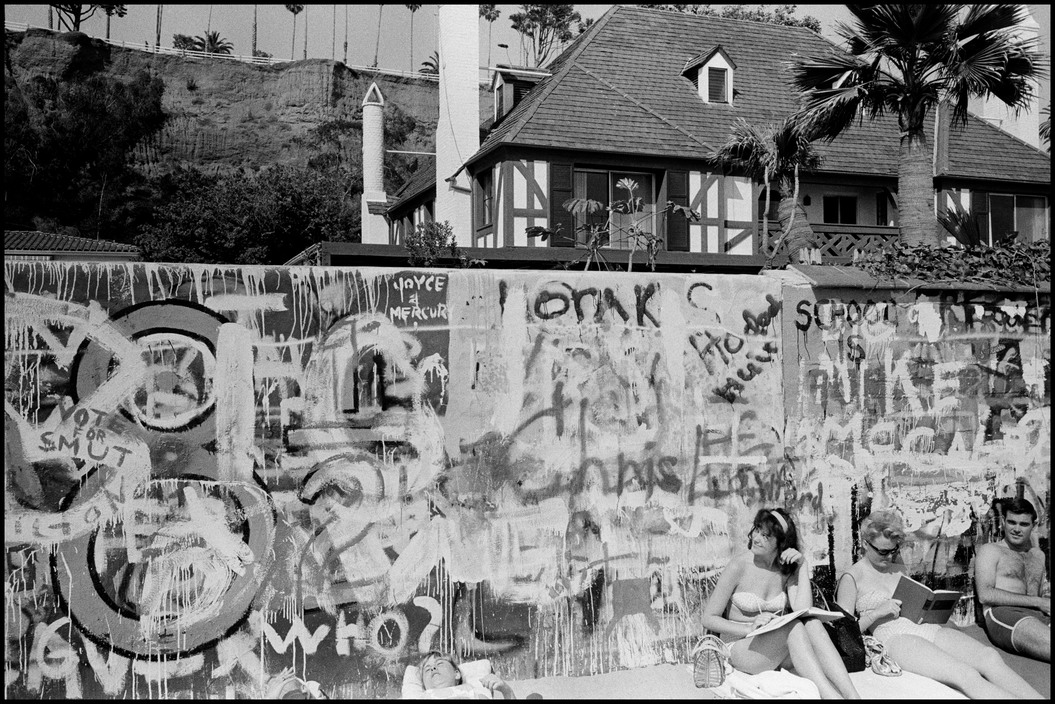



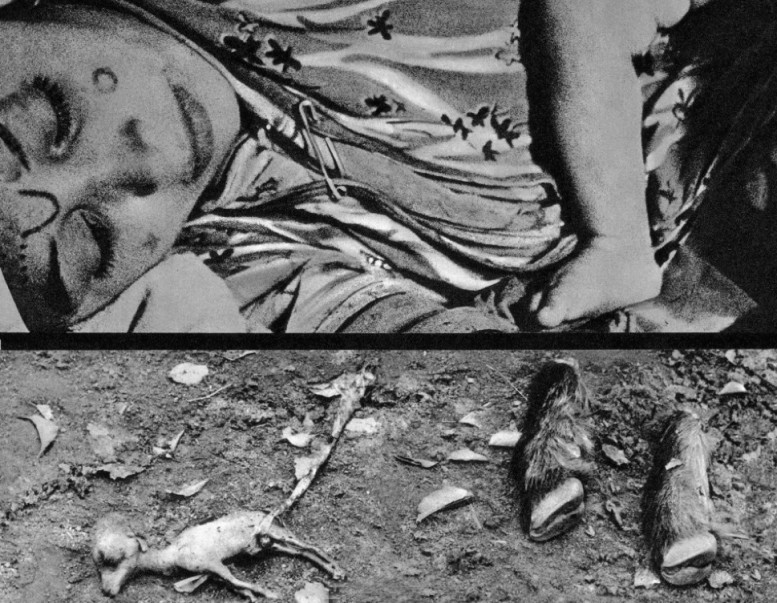
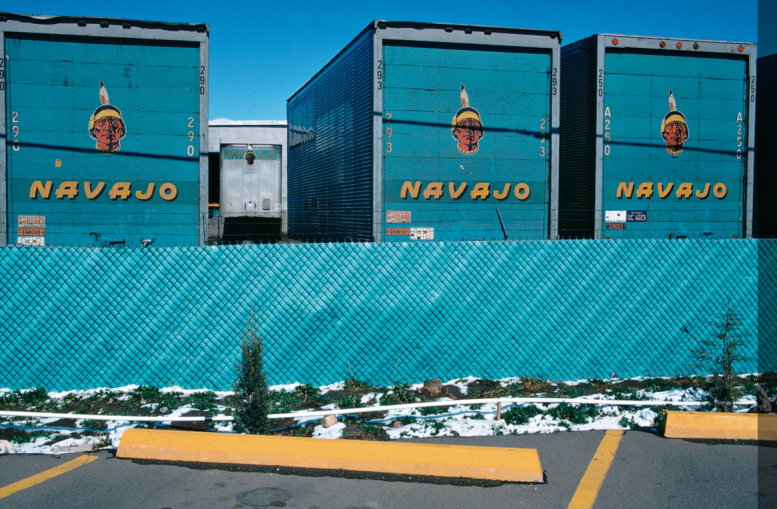
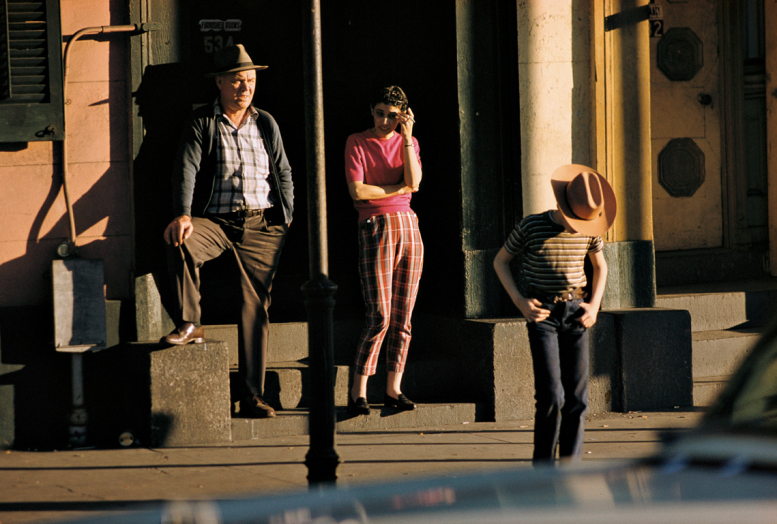 New Mexico, USA, 1975
New Mexico, USA, 1975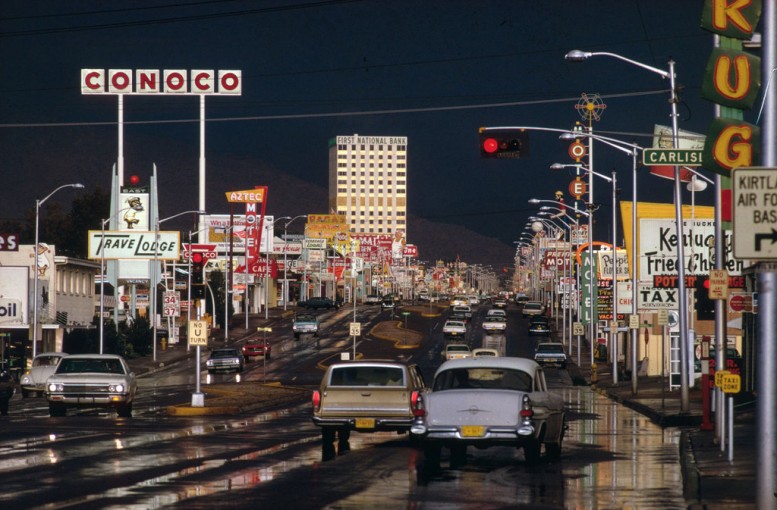 Route 66, Albuquerque, New Mexico
Route 66, Albuquerque, New Mexico